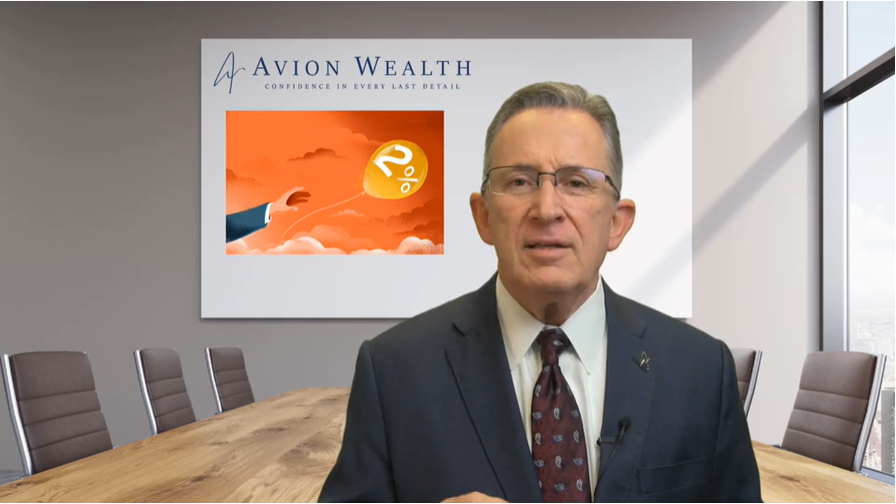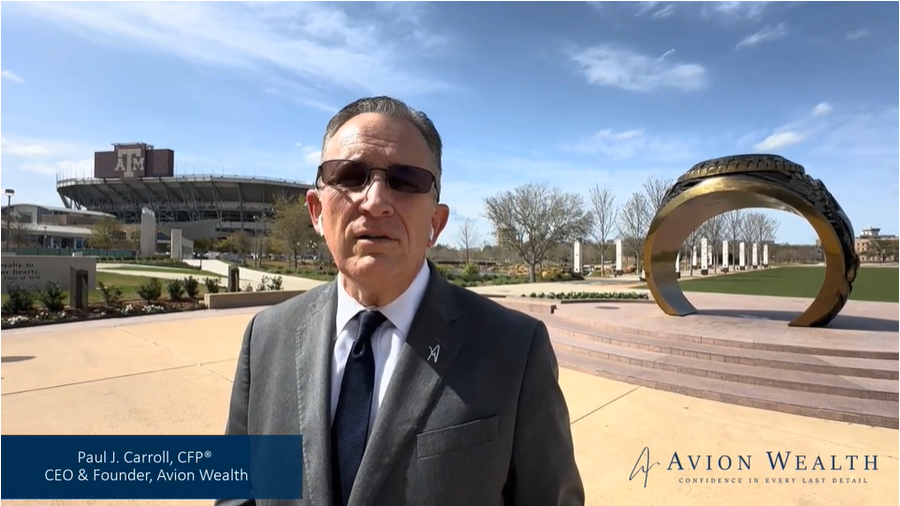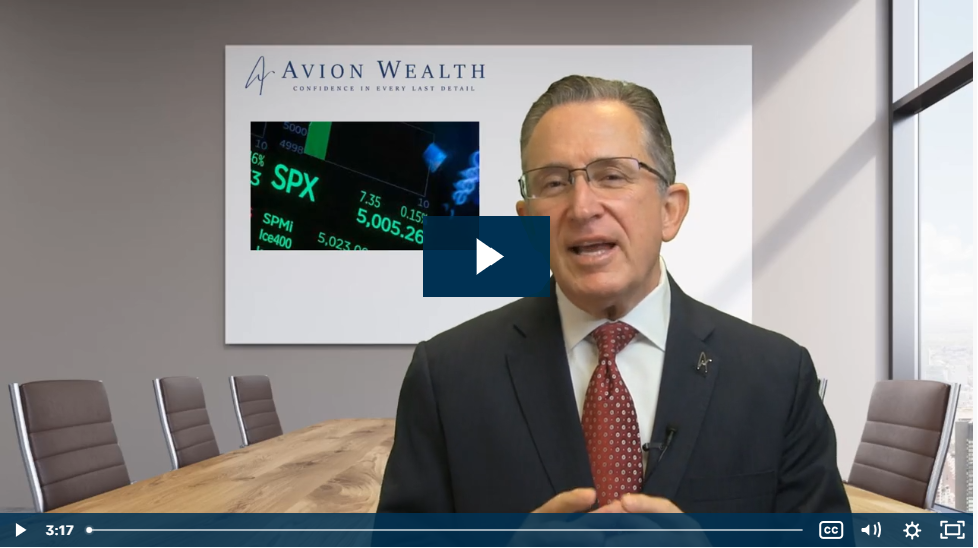
Selling your business is a significant milestone in an entrepreneur’s journey. For many entrepreneurs, finding the right buyer is the capstone of their hard work and reflective of their dedication to pre-sale planning. Whether you’re planning to retire, start a new venture, or simply want to hand over the reins to someone else, understanding how to find the right buyer when you’re ready to sell your business is critical. It’s tempting to latch onto the first interested party, but patience and due diligence can pay off. This blog post will guide you through the process of identifying and securing the right buyer for your business. Cast a Wide Net for Buyers To attract the right kind of buyer you will want to cast a wide net. By reaching out to a range of sources, you’ll open up more opportunities for finding the best fit buyer. Consider these options: 1. Engage…
Read More













Recent Comments